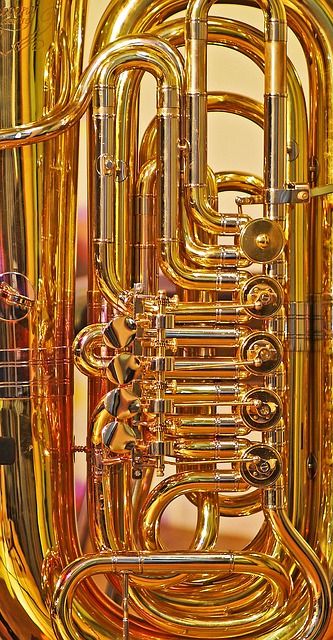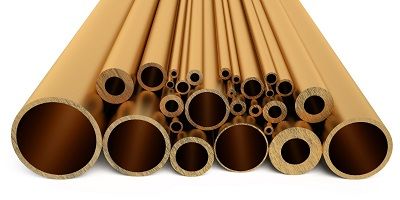Extrusion is a metalworking process that involves forcing a metal inside a die with a different cross section. Due to the compression and force applied onto the inlet, the metal is deformed as it is fed and the different shapes of the brass extrusions are formed. Most people already know the gist of the extrusion manufacturing, but what many don’t know is the different types of extrusion processing. Here are the four major types of extrusion and how each of them works:
Direct Extrusions. Also known as the forward extrusion, this process involves having the billet move in the same direction as the ram and punch. A lot of friction is created between the container and the billet because the billet slides against a stationary wall. This method requires a lot of force to make the final product. To prevent oxidation, a dummy block with a slightly smaller diameter is used during hot extrusion. This process is best used for creating solid circular and non-circular extrusions as well as hollowed tubes and cups.
Indirect Extrusion. Also known as backward extrusion, indirect extrusion occurs when the punch moves in the opposite direction of the billet. There is less friction because no relative motion between the billet and container happens. This also means that less force is required during the manufacturing of extrusions. Although indirect extrusion uses less energy, the process cannot produce long extrusions. Many manufacturers actually combine both direct and indirect extrusion to create final products of the best quality.
Hydrostatic Extrusion. As the name suggests, this process involves the use of liquids. The pressure for extrusion is transmitted via the fluid. There is no friction created in this process because no contact between the container and billet is established. Highly brittle materials benefit the most from this process because pressure is limited and the process is done in room temperature.
Impact Extrusion. The best way to produce hollow sections like cups is through the impact extrusion method. However, this type of extrusion process is also best for manufacturing metal tubes with smaller wall thickness. Metal tubes like brass, copper, lead, and aluminum are all made using impact extrusion. The process is very simple seeing as the punch strikes at the slug at very high speeds to create a forceful impact and the extrusions are made.
Metal extrusions like those made of brass have a plethora of uses. Although the processes involved in making the pieces are a little complicated it is always good to know how things are made.
Sources:
Types of Extrusion and Extrusion Equipment: Module 5 Extrusion Lecture PDF, NPTEL.ac.in
Extrusion and Their Types in Manufacturing Process, IndiaStudyChannel.com



